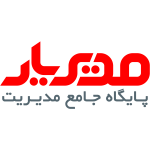Edward Lorenz&James York
Chaos theory suggests that management should place more emphasis on adaptability, initiative and entrepreneurial creativity to cope with a future that is inherently unknowable.
‘We’re better at predicting events at the edge of the galaxy or inside the nucleus of an atom than whether it’ll rain on auntie’s garden party three Sundays from now … We can’t even predict the next drip from a dripping tap when it gets irregular. Each drip sets up the conditions for the next, the smallest variation blows prediction apart, and the weather is unpredictable the same way, will always be unpredictable. When you push the numbers through the computer you can see it on the screen. The future is disorder.’ So Tom Stoppard, in his latest play, Arcadia, deftly unfolds one of the key principles of chaos theory. Acclaimed by its followers as the major intellectual revolution of recent times, ‘chaos theory’ (also known rather less catchily as ‘complexity science’ or ‘non-linear dynamics’) uses mathematical techniques boosted by computer power to explore aspects of nature which have hitherto proved resistant to analysis – in Stoppard’s words, ‘the ordinary-sized stuff which is our lives, the things people write poetry about – clouds, daffodils, waterfalls – and what happens in a cup of coffee when the cream goes in’. Its sphere is wide – from the behaviour of measles epidemics to earthquakes, from the rhythms of the brain to the evolution of economic systems. Its approach is not only multi-disciplinary but cross-disciplinary: biologists might draw on insights from engineering and physics, for example, while the study of stock-market prices might be related to weather records and other such apparently random phenomena. Economists have long been attracted by the new theories, which they in turn have helped to develop. Probably the best known is Brian Arthur, professor of population studies and economics at Stanford University and one of the founding fathers, intellectually speaking, of the Santa Fe Institute in New Mexico, which was specifically set up in the mid-1980s for the study of complex systems (the story of the Institute – its people and their ideas – is well told in Mitchell Waldrop’s Complexity). More recently, aspects of chaos and complexity have also inspired a small but growing number of management and organisational development theorists. Foremost among these are Ralph Stacey, professor of management at the Business School of Hertfordshire University (co-author with David Parker of the recent Hobart Paper Chaos, Management and Economics, and author of a number of works on strategy and organisational dynamics in relation to chaos and complexity theory, including Managing Chaos, published in the US as Managing the Unknowable), and Jeffrey Goldstein (author of The Unshackled Organization) in the US. There is, as yet, no homogeneous body of writing which could be labelled ‘chaos economic and management theory’. There is, however, a pervasive spirit. This puts the emphasis on adaptability, intuition, paradox and entrepreneurial creativity in the face of an unpredictable, indeed inherently unknowable, future. There is a shared belief that conventional economic theory, with its assumptions of equilibrium, diminishing returns and a single optimal outcome making the most efficient use of resources, is an ‘agreeable picture’, as Arthur puts it, but one that ‘often does violence to reality’. There is an acknowledgment of the complexity of the world of human and economic affairs, and a rejection of the concept of ‘Economic Man’ as no more than a fiction. There is a sense of the flux of industrial history, as of all else. ‘Economy is constantly on the edge of time,’ wrote Arthur in his notes on ‘Economics Old and New’ in 1979. ‘It rushes forward, structures constantly coalescing, decaying, changing.’ There is also a belief, drawn from chaos and complexity theories in the natural sciences, in the creative role of disorder and irregularity.







